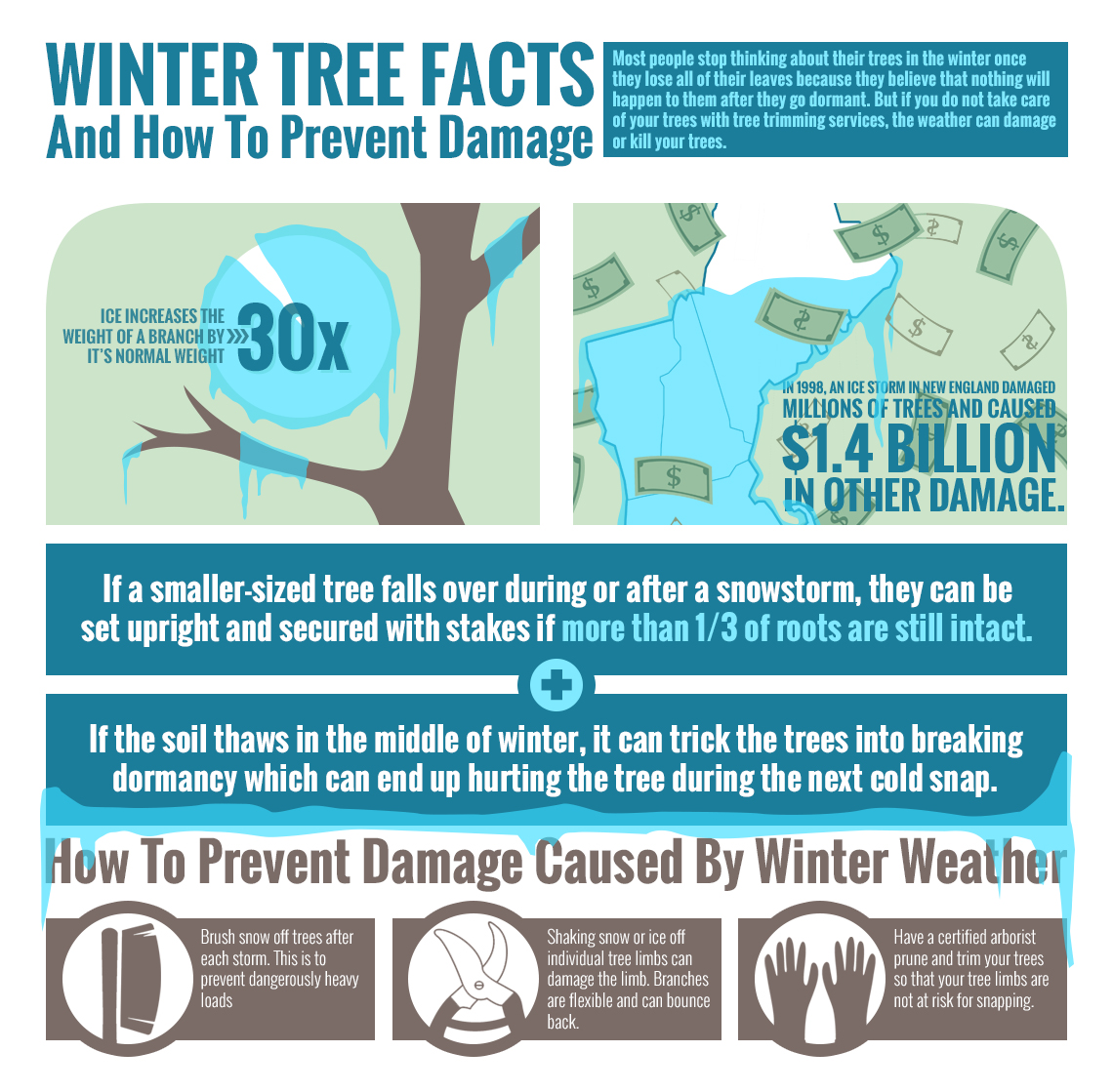Signs Suggesting The Need For Tree Removal: Recognizing Risky Trees
Signs Suggesting The Need For Tree Removal: Recognizing Risky Trees
Blog Article
Article By-Vogel Hubbard
When it involves tree treatment, acknowledging the signs that it's time for removal is essential for your safety and security and property. You may see discolored leaves, wilting branches, or weird fungal developments indicating illness. Structural problems, like a considerable lean or fractures in the trunk, can likewise posture dangers. Understanding these indication can aid you make educated decisions regarding your trees and prevent prospective dangers lurking in your lawn. What should you try to find next?
Signs of Degeneration and Disease
When you observe indications of degeneration and disease in your trees, it's vital to act rapidly. Search for discolored leaves, wilting branches, or uncommon growths like fungus. These can indicate that your tree is struggling.
If you see splits in the bark or soft, mushy timber, these symptoms suggest internal degeneration. In addition, an unexpected rise in bugs around your tree can indicate that it's compromised and prone.
Look for any kind of dead or dying limbs, as they present a danger to your property and security. If you're uncertain about what you see, seeking advice from an arborist can give quality.
Attending to these indications early can conserve you from a lot more considerable damage and guarantee the health of your lawn. Do not wait up until it's far too late.
Structural Instability and Leaning
As you observe your trees, keep an eye out for any kind of indicators of structural instability or leaning. If a tree leans substantially, it may indicate that the root system is endangered.
Try to find any kind of splits in the trunk or dirt around the base; these can signify potential failure. Additionally, check for unusual growth patterns, like an uneven crown, which may recommend that the tree is having a hard time to hold itself upright.
If you observe that the tree favors your home, high-voltage line, or other structures, it postures a better danger. Do not disregard these indications-- get in touch with an arborist to evaluate the situation.
Doing something about it early can stop costly damages and ensure your safety.
Dead or Dying Branches and Vegetation
If you observe dead or dying branches and foliage on your tree, it's a clear sign that something's wrong.
These unhealthy locations can indicate underlying problems like illness, parasite invasions, or environmental stress and anxiety. When branches shed their fallen leaves or transform brown, they're no more adding to the tree's health and wellness. Neglecting these indications can result in further decline, making your tree a lot more hazardous.
Dead branches can easily break off during storms, posturing a risk to home and people close by. It's essential to examine the degree of the damages.
If the trouble influences a considerable part of the tree, think about consulting an expert. please click the up coming post can help figure out if removal is needed to make certain safety and security and keep the charm of your landscape.
Conclusion
If you observe any type of indications of decay, architectural instability, or dead branches on your trees, don't neglect them. https://www.bobvila.com/slideshow/25-no-effort-plants-for-a-foolproof-landscape-48752 can present severe safety and security dangers to you and your property. It's always best to consult a professional arborist that can offer a professional evaluation of your trees. Acting early can prevent crashes and costly damages, guaranteeing your landscape remains safe and healthy and balanced. Remember, it's better to be aggressive regarding tree care than to wait for a calamity to happen.
